Earth has suffered five mass extinctions of species due to natural causes, not all of which are well understood. Today there is talk of a sixth mass extinction, but this time caused by only one of the planet’s species, us. And although some scientists debate whether it is correct to compare the current crisis to the prehistoric ones, this is a purely technical question: no one doubts that the current rate of biodiversity loss is accelerating and alarming. And yet, at the same time, there have never been so many efforts to save species from extinction. But they are not enough—it is like trying to fill a bathtub without a stopper. Some species have disappeared before our very eyes, when their last specimens—or endlings—died in captivity. Here we look at others that, according to a study in Science, are now only surviving under human care and could follow the same path if we fail to reintroduce them successfully into the wild.
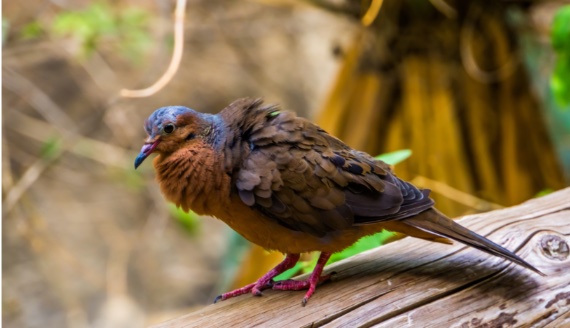
Socorro dove (Zenaida graysoni)
True to its name, the Socorro dove (socorro means help in Spanish) is one of the species that needs our help to survive. Native to the Mexican island of the same name in the Pacific, its population was decimated by the introduction of cats, especially after the construction of a naval base in 1957. It was last seen in the wild in 1972. Fortunately, 17 specimens were collected in 1925 and given to a breeder in California. Today, between 100 and 200 specimens survive in various breeding facilities and zoos in Europe, the USA and Mexico, and reintroduction programmes are underway.
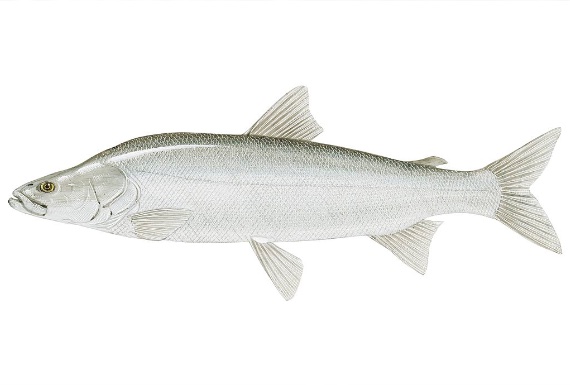
Beloribitsa (Stenodus leucichthys)
Some species are caught between a rock and a hard place, because their distribution is restricted to a small area that is exploited by humans. This is the case of Stenodus leucichthys or inconnu, known in its former habitat as beloribitsa, which literally means “the fish that is white” in Russian. It used to inhabit the Caspian Sea, from where it would swim up the Volga and other rivers to spawn. But dam construction doomed the species, and it was declared extinct in the wild in 2008. It survives in hatcheries, but its return to the wild is complicated by the introduction into the Volga of a related species (Stenodus nelma) from Siberia and North America, with which it could hybridise.
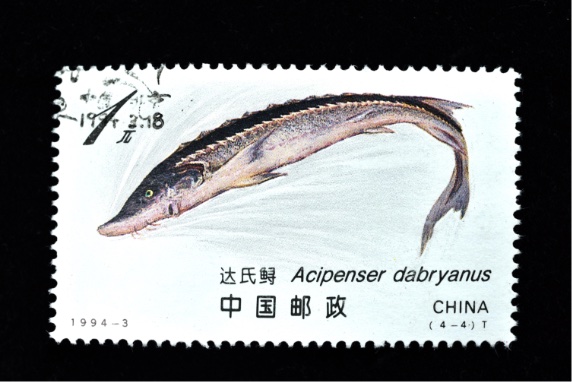
Yangtze sturgeon (Acipenser dabryanus)
In 2022, the International Union for Conservation of Nature (IUCN), which maintains the famous Red List of Threatened Species, declared the Yangtze sturgeon, one of the largest freshwater fish in China’s Yangtze River basin, extinct in the wild. Until 2000, it was abundantly fished for food, but overfishing, dam construction and pollution have led it to its disappearance. The species is not really in serious danger of extinction because it is farmed in large numbers. But although thousands have been released over the years, they have not been able to reproduce in the wild. In April 2023, the Chinese media reported the first possible experimental breeding in semi-freedom.
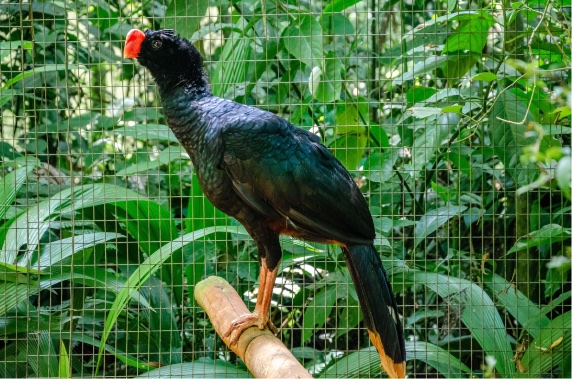
Alagoas Curassow (Mitu mitu)
The Alagoas curassow is a galliform bird, almost 90 centimetres in length, that used to live in a small stronghold in the Brazilian Atlantic forest. Ever since its description in 1648, its classification has been controversial, as it was thought to have been confused with a more widespread species, Mitu tuberosum, due to its rarity In 1951, an adult female was captured, confirming that it was a different species. But by then there were only a few dozen left in the wild. In 1977, five specimens were captured for captive breeding in two aviaries in Rio de Janeiro. Today their population numbers just over a hundred and there are plans to reintroduce them to other areas as their original habitat has been destroyed by human expansion.
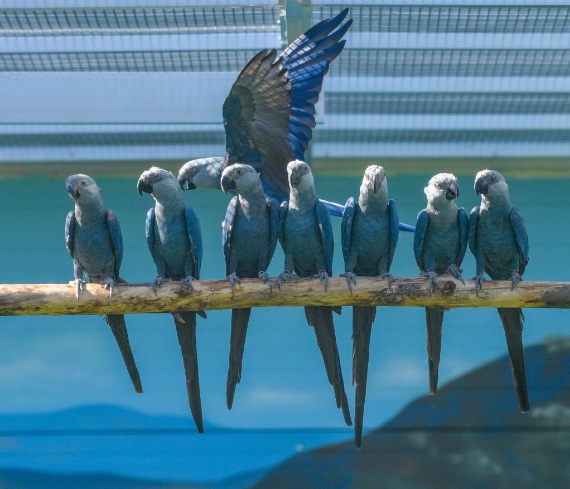
Spix’s Macaw (Cyanopsitta spixii)
Brazil is also home to the Spix’s Macaw, a beautiful blue parrot that suffered a slow death, from its first description in 1638 until it was declared extinct in the wild in 2019. Deforestation and illegal trade wiped out a species that was never abundant. In 1987, faced with the serious risk of extinction, 17 specimens were found in captivity and efforts began to recover the species. Today, there are just under 200 confirmed specimens in several breeding centres, and reintroduction into the wild has recently begun.
Potosi pupfish (Cyprinodon alvarezi)
In the Mexican state of Nuevo Leon lies an isolated spring known as Ojo de Potosi, which was once home to three unique species found nowhere else: two fish—the Potosi pupfish and the Catarina pupfish (Megupsilon aporus)—and the crayfish Cambarellus alvarezi. But in the 1980s and 1990s, groundwater extraction began to dry up the spring, with the added impact of invasive species. The latter two species disappeared forever, but the Potosi pupfish was saved by being bred in public and private aquariums in Europe and North America.

Hawaiian crow (Corvus hawaiiensis)
Although Hawaii may not be the place one would expect to find a crow, a bird associated with colder, more temperate climates, there is a Hawaiian crow—called ʻalalā in the local language—which is the world’s most endangered corvid species. The last two known wild specimens disappeared in 2002, and it was declared extinct in the wild in 2016. Fortunately, captive breeding had begun in the 1970s. Captive-bred specimens began to be released in the 1990s, but they fell prey to a local raptor, the Hawaiian hawk (Buteo solitarius), forcing the recapture of the released specimens. A successful reintroduction has not yet been achieved, although restoration programmes are ongoing.
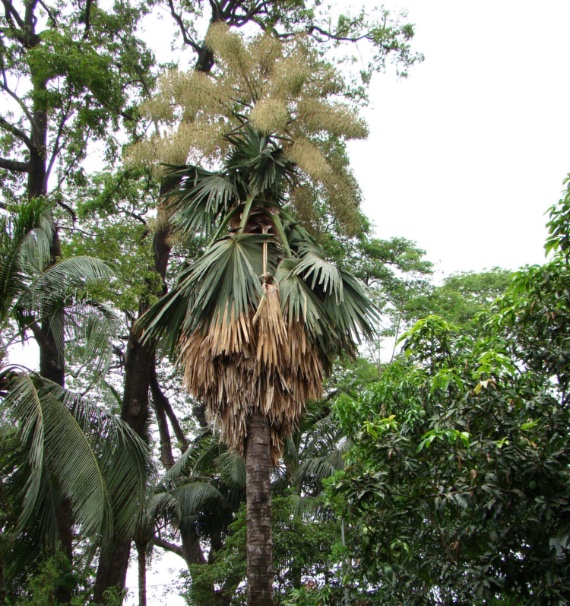
Tali palm (Corypha taliera)
There are also many plants that are now confined to gardens, but the Tali palm is one of the most striking cases. It was described in 1919 as a species endemic to the Bengal region (India and Bangladesh). In the 1950s, a solitary specimen about three metres tall was discovered growing in the grounds of Dhaka University, but it was not until 2001 that it was identified as belonging to this species, which had been declared extinct in the wild in 1998. That tree died in 2012, but around 300 specimens were planted from its seeds and are now distributed in various institutions. The only other known case of a spontaneous appearance of a specimen was recorded in 1979 in a village in West Bengal, but the local villagers cut it down, believing it to be a “ghost palm” because of the distinctive “horns” it grew before flowering.
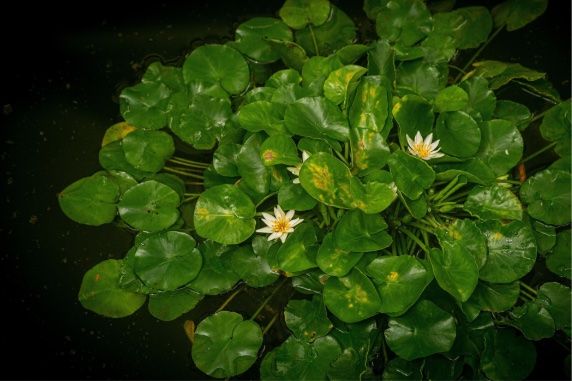
Pygmy Rwandan water lily (Nymphaea thermarum)
The world’s smallest water lily, the pygmy Rwandan water lily, was discovered in 1987 and had a short life for science in the wild. It lived in a Rwandan swamp formed by the overflow of a freshwater hot spring. When the flow of the spring was cut off to use the water for agriculture, there were fears for the plant’s survival. Its discoverer, the German botanist Eberhard Fischer, sent some specimens to the Botanical Garden in Bonn. Botanists failed to propagate the plants there, but later succeeded at the Royal Botanic Gardens at Kew in the UK, during which time a rat had eaten one of the last two surviving plants in Germany. Some 50 plants live at Kew today. Local researchers in Rwanda are working to restore the plant in the country.
Comments on this publication